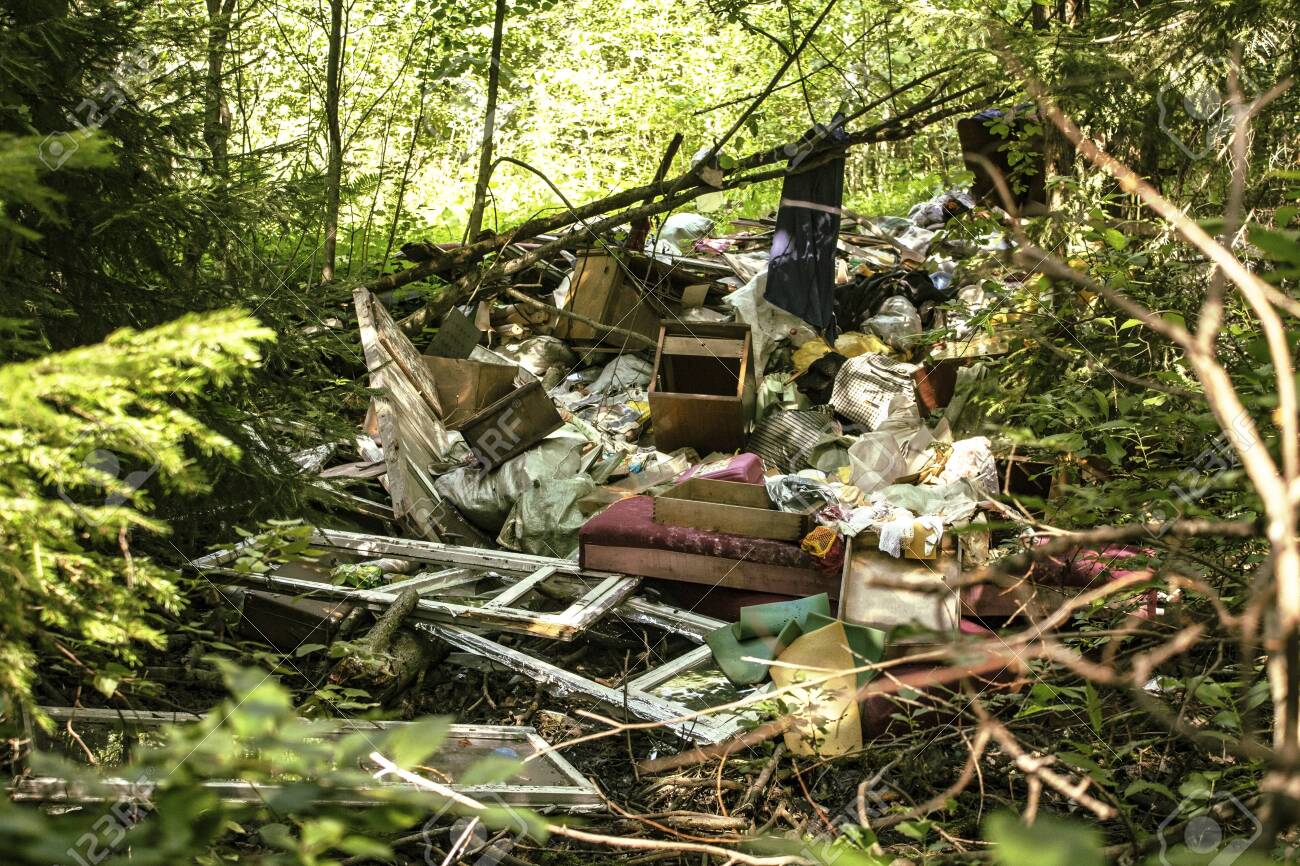
(Photo by Viktoriia Ponomarenko)

(Photo by Viktoriia Ponomarenko)
Scientists call the most recent period of Earth’s history the Anthropocene Epoch. This era of geologic time—defined by human activity, will now be marked for millions of years by one key invention: plastic.
While the perils of plastic pollution in our oceans and landfills are well-known, obstetricians have recently discovered a startling new development—the first evidence of microplastics have been found in human placentas.
The destructive nature of microplastics is no longer confined to ecological consequences; it permeates human health too.
The effects of plastic consumption remain poorly understood, as research is still in its infancy. However, early literature suggests several reasons for concern.
Synthetic microfibers, such as those from clothing, make up 14% of all global plastic production, according to a global study conducted in 2020. These fibers are especially harmful given the ease at which they break into smaller pieces—fragments so small, that they can be inhaled. The study suggests that inhalation of microfibers can cause localized toxicity in the body—thereby inducing or enhancing an immune response. Chronic exposure to these fibers are anticipated to have the worst effects, given that the accumulation of chemicals such as BPA in the body have been shown to depress the immune system, trigger cancerous growths, prompt neurotoxicity, and disrupt the microbiome in the gut.
Another emerging area of research on microplastics concerns the gut microbiome. The gut microbiome refers to all the microorganisms that live in the gastrointestinal tract; it’s essential for the function of mammals.
Preliminary findings show that when microplastics interact with gastrointestinal microorganisms, it can increase the phagocytic activity of immune cells, impacting metabolism, immune function, and behavior.
Worse still, nano plastics, the smallest of plastic particles, are small enough to pass through intestinal barriers, just like placental barriers. Last year a study on nano plastics demonstrated they can cross the blood-brain barrier, causing brain damage in fish.
The uncontained spread of plastics in our environment leaves everyone vulnerable. Microplastics are now entering the terrestrial food web at alarming rates. Particles in soil can be ingested at multiple stages of the food chain. Scientists recently observed nano plastic transfer from soil to chickens via earthworms, raising concerns for human consumption.
The microscopic size of these pollutants allows them to travel enormous distances. In a single day, some particles can travel up to 95km (59 miles). Plastic will soon be on every inch of our planet; in fact, some were just found on the glaciers of the Tibetan Plateau.
Even in remote locations, levels of microplastics are plentiful. In the French Pyrenees mountains, microplastic fragments, fibers, and films were found at relatively high levels, despite the area being sparsely populated, and far from any industrial, commercial, or large agricultural activities.
In confronting the pervasive and universal threat of microplastics, our collective responsibility becomes increasingly evident. Plastic is no longer just a marine issue; it has become a global challenge.
As we navigate the delicate implications of curbing plastic production, the role of the private sector will be a pivotal force in shaping the collective response. The symbiotic relationship between plastic production and cheap fossil fuel feedstock demands international intervention and a recalibration of industrial practices.
As individuals, we can wield collective power by pressuring our policymakers to enforce industry change. Today, sadly, industry change is the most effective way forward. Because it doesn’t matter how many times I remember my reusable bags if the producers aren’t incentivized to ditch the plastic wrap covering every item I buy.
As new research continues to demonstrate the detriments of plastics, it is only a matter of time before the evidence overwhelms policymakers to take action.
Navigating the Anthropocene Epoch is no easy task. Perhaps plastics in our placentas will be just enough to move the needle this time around.
—
Cate Twining-Ward is a senior correspondent at Planet Forward, a grand-prize winner of Storyfest 2020, and a student at the George Washington University.